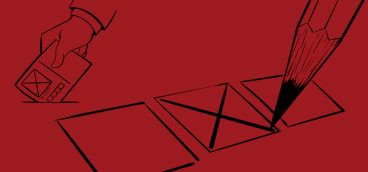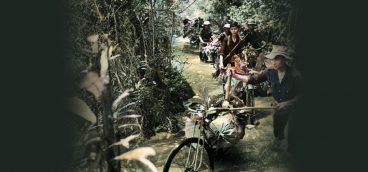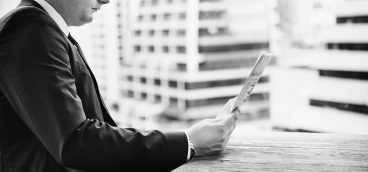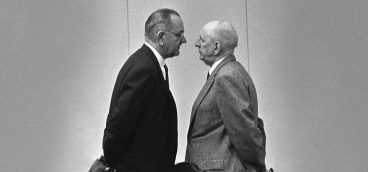Seizing LBJ
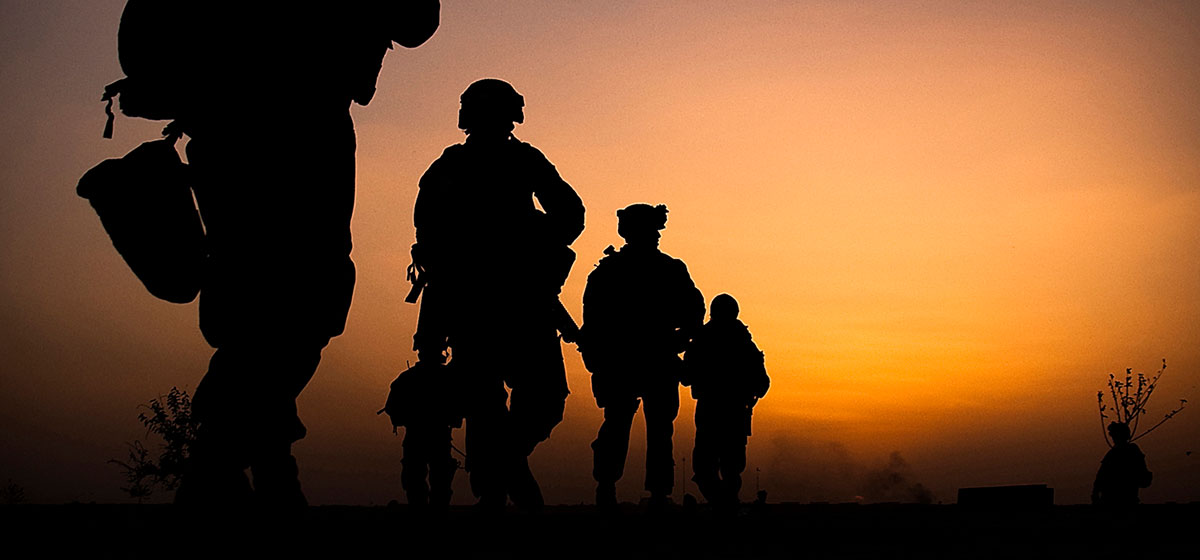
For readers who missed part 1 of this series of posts, I am summarizing a fictional novel written almost forty years ago.
Gen. Green was startled. “Hold it, folks” he said. “I’m a desk jockey now, I haven’t commanded troops in the field since my last tour in Vietnam, back in ’64.”
“But, Willy,” George Leader said, “you’ve spent most of your adult life commanding troops. Aren’t there units who feel a special loyalty to you, who might follow you in this important effort to remove an insane president?”
Willy Green stood up, walked to the window, and stared out at the foggy mass of the Chesapeake Bay. His days at the Naval Academy in Annapolis, just across the bay, seemed to have happened several lifetimes ago. Then he turned and surveyed the people in the room.
“Yes,” he said. “I served four tours in Vietnam and there are two Marine rifle companies who were with me all four times. Maybe it’s not right, but I believe those boys would follow me to the gates of hell.”
“How many soldiers would that be?” Grace asked.
Willy shrugged. “One hundred fifty, one hundred sixty men, depending on whether the units are at full combat strength.”
George Leader spoke up. “Willy,” he said, “I’m going to ask you a very important question. We’ve talked at great length about the enhanced security around the President since JFK’s assassination. We know how good the Secret Service agents are, how well-trained and heavily armed the Service is. So here’s the question: Are two companies of Marines enough to handle all that security?”
General Green looked George Leader in the eye and smiled. “George,” he said, “two companies of Marines can handle damn near anything.”
* * *
In the original novel, several chapters are devoted to the strategic and tactical issues the plotters on the Eastern Shore had to work through: Where to launch the attack on the President? The White House? Camp David? Somewhere else? Snatching the others (the vice president, etc.) would be much easier since they either had little Secret Service protection or none at all.
But we’ll cut to the chase: The decision was made to kidnap Lyndon Johnson while he was visiting the LBJ Ranch to celebrate his daughter’s birthday. On average, Johnson spent almost a day a week at his beloved ranch. Security was tight there, of course, but nothing like at the White House or Camp David.
In fact, when Johnson was at his ranch, the Secret Service relied heavily on the Special Operations Group of the Texas Rangers who guarded all the access routes to the ranch. The Service guarded the ranch house itself and the barn and other outbuildings.
The LBJ Ranch was located almost fifteen miles west of Johnson City, Texas (a town founded by LBJ’s great uncle) on the north bank of the Pedernales River. The main access to the ranch was provided by State Route 209, but there were also a number of smaller roads, dirt roads and trails that needed to be guarded.
Whenever Johnson was in residence, the Rangers set up roadblocks at seven separate locations around the ranch, requiring more than sixty Rangers to man the roadblocks around the clock. The ranch house and grounds were guarded by a mere twelve Secret Service agents.
Johnson and Lady Bird left Washington, D.C. for the ranch on a Wednesday morning, and on Thursday they were joined by their daughters Lynda Bird (and her husband, Chuck Robb) and Lucy Baines (and her then husband, Patrick Nugent). By late afternoon on Saturday, everyone had left the ranch except the President and Lucy Baines, who wanted to go riding on Sunday.
In the wee hours of Sunday morning, General Willy Green and 161 combat-ready Marines flew to Lackland Air Force Base near San Antonio, boarded four olive-colored military buses and headed north. An hour later, they approached a Texas Ranger roadblock on Route 209 east of the small town of Stonewall.
General Green climbed out of the first bus, saluted the three Rangers, and informed them that there was a plot to kill President Johnson, backed by Mao Tse-Tung (as he was then known). The Rangers were told to maintain radio silence, since the plotters were believed to be monitoring police radio traffic. A squad of eight Marines was left at the roadblock, just in case.
The Marine buses then headed for the ranch. The lead Secret Service special agent, named Roscoe, couldn’t believe his eyes when he saw four greenish buses racing toward him on Hodges Ranch Road at high speed. This time Gen. Green stepped out of the third bus.
Willy saluted Roscoe and the two agents with him and explained about the plot. As he did so, 153 heavily armed Marines debarked and formed a semicircle around the agents.
“Agent Roscoe,” Gen. Green said, “we don’t know who might or might not be involved in this business, so I will need you and your fellow agents to surrender your weapons.” Startled, Roscoe explained that he couldn’t surrender his weapons unless ordered to do so by the Director of the Secret Service.
Gen. Green raised his left arm in the air, keeping his right hand close to the .45 caliber pistol on his belt. As he did so, 153 Marines chambered rounds in their M-16s and switched the weapons to automatic fire. Roscoe and his agents handed over their weapons.
The other agents were quickly rounded up, except for the one who was following Lucy Baines on horseback. The President was out on the back veranda reading the newspapers, and he was startled to see Gen. Green and a squad of Marines come through the door.
“Mr. President,” said Gen. Green, “there is a plot on your life. My orders are to get you to a safe place immediately.”
And it was that easy.



